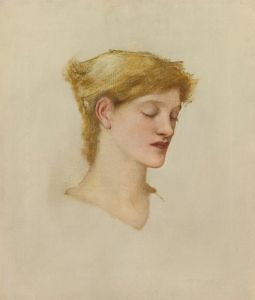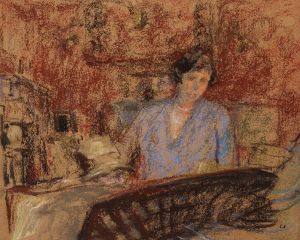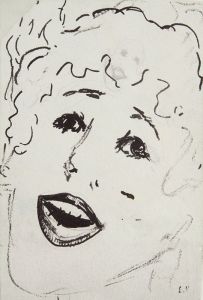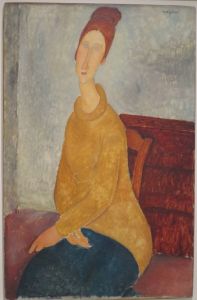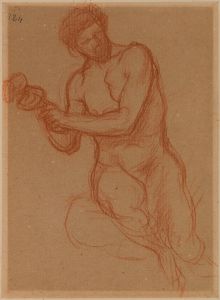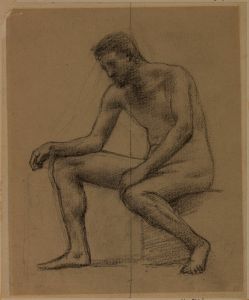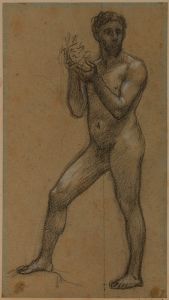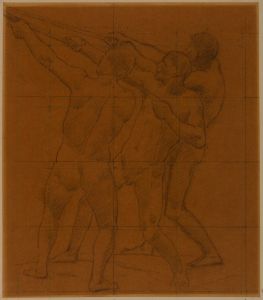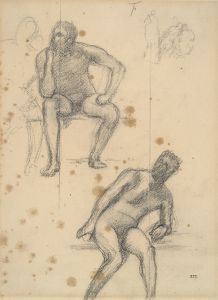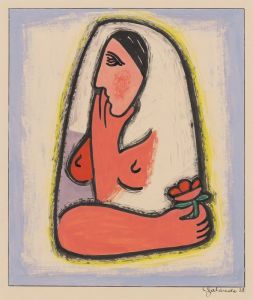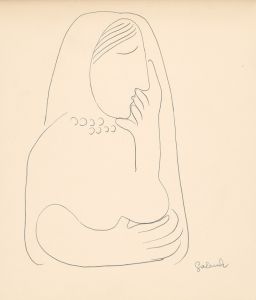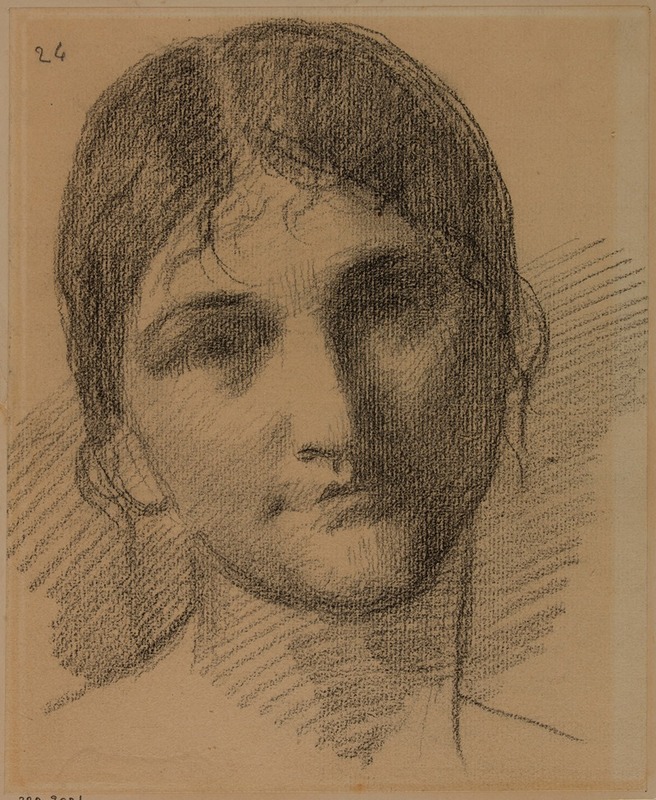
Tête de femme
A hand-painted replica of Pierre Puvis de Chavannes’s masterpiece Tête de femme, meticulously crafted by professional artists to capture the true essence of the original. Each piece is created with museum-quality canvas and rare mineral pigments, carefully painted by experienced artists with delicate brushstrokes and rich, layered colors to perfectly recreate the texture of the original artwork. Unlike machine-printed reproductions, this hand-painted version brings the painting to life, infused with the artist’s emotions and skill in every stroke. Whether for personal collection or home decoration, it instantly elevates the artistic atmosphere of any space.
Pierre Puvis de Chavannes was a notable French painter of the 19th century, recognized for his contributions to Symbolism and his influence on modern art. Among his works is "Tête de femme," a painting that exemplifies his distinctive style and thematic interests. While specific details about "Tête de femme" are limited, the painting can be appreciated within the broader context of Puvis de Chavannes' oeuvre and the artistic environment of his time.
Puvis de Chavannes was born on December 14, 1824, in Lyon, France. He initially pursued a career in engineering but turned to painting after recovering from a serious illness. He studied under several artists, including Eugène Delacroix, and was influenced by the classical traditions of the Renaissance and the frescoes of Italian masters. His work is characterized by a serene and harmonious style, often depicting allegorical and mythological themes.
"Tête de femme," which translates to "Head of a Woman," is a testament to Puvis de Chavannes' skill in portraiture and his ability to convey emotion and character through subtle expression and composition. Although specific information about the painting's creation, such as the date and the identity of the model, is not readily available, it reflects the artist's interest in the human form and his pursuit of ideal beauty.
Puvis de Chavannes' work often features muted colors and simplified forms, creating a sense of timelessness and tranquility. This approach can be seen in "Tête de femme," where the focus is on the subject's face, capturing a moment of introspection or contemplation. The painting's simplicity and elegance are hallmarks of Puvis de Chavannes' style, which sought to evoke a sense of calm and spiritual depth.
Throughout his career, Puvis de Chavannes received numerous commissions for public murals, which became some of his most celebrated works. His murals adorn the walls of important institutions such as the Panthéon in Paris and the Boston Public Library. These large-scale works share thematic and stylistic elements with his smaller paintings, including "Tête de femme," emphasizing his consistent artistic vision.
Puvis de Chavannes' influence extended beyond his lifetime, impacting artists such as Paul Gauguin, Georges Seurat, and the Nabis group. His emphasis on flat color, linearity, and symbolic content resonated with these artists, contributing to the development of modern art movements. While "Tête de femme" may not be as widely recognized as some of his larger works, it embodies the qualities that made Puvis de Chavannes a pivotal figure in the transition from academic art to modernism.
In summary, "Tête de femme" by Pierre Puvis de Chavannes is a reflection of the artist's mastery of form and expression. Although specific details about the painting are scarce, it remains an important piece within his body of work, illustrating his influence on the art world and his enduring legacy. Puvis de Chavannes' ability to convey emotion and beauty through simplicity continues to be appreciated by art historians and enthusiasts alike.





